J. M. Hurst Cycles Trading Course
$26.46
| Author(s) | |
|---|---|
| Product Type |
Ebook |
| Format |
|
| Skill Level |
Intermediate to Advanced |
| Pages |
1177 |
| Publication Year |
1975 |
| Delivery |
Instant Download |
The J.M. Hurst Cycles Trading Course is one of the most important and complete teachings in the field of technical market analysis. Hurst—recognized as the father of modern cyclic analysis—presents a full, structured course explaining how financial markets move in measurable, rhythmic patterns of price and time. Designed originally for professional traders in the 1970s, this course remains timeless for those who seek mathematical precision and predictive power in market forecasting.
Through clear lessons, Hurst introduces the principles of price waves, summation, harmonicity, proportionality, and variation—the core concepts that underpin every movement in a financial market. His method is based on the interaction of dominant and subordinate cycles that together form the structure of price behavior.
More than a theoretical exposition, this course teaches traders how to identify, measure, and synchronize cycles across multiple timeframes to forecast turning points and trend direction. With illustrated examples, self-tests, and real-market charts, it provides practical tools to apply the Hurst Method with confidence. Whether used for equities, commodities, or indexes, this course gives traders a systematic framework to anticipate market rhythm rather than react to it.
✅ What You’ll Learn:
- The foundational principles of cyclic market behavior.
- How to identify price waves and measure their amplitude, wavelength, and period.
- Techniques to recognize and combine multiple market cycles.
- Understanding summation, harmonicity, and proportionality within price action.
- The role of synchronicity and variation in real-world market movement.
- How to construct and use the Nominal Cyclic Model to forecast market turning points.
💡 Key Benefits:
- Learn directly from the originator of modern cycle theory.
- Gain predictive insights into timing and market rhythm.
- Replace subjective trading decisions with measurable, geometric structure.
- Apply cyclical synchronization across short-, intermediate-, and long-term trends.
- Master a quantitative system that remains relevant for today’s algorithmic trading.
👤 Who This Book Is For:
This course is designed for serious traders, market analysts, and quantitative researchers who want to understand and trade markets based on time-cycle structure. Ideal for those studying Gann, Jenkins, or Millard methods who wish to grasp the original foundation of cyclical analysis.
📚 Table of Contents:
- LESSON 1. How Price Action Works
- LESSON 2. From Cyclic Concepts to Trading Decisions
- LESSON 3. Setting Up the Cyclic Model
- LESSON 4. Setting up a Transaction
- LESSON 5. How to Deal with Tops and Short Selling
- LESSON 6. Cyclic Analysis During a Transaction
- LESSON 7. Terminating a Transaction
- LESSON 8. How to Shape Strategy and Plan Capabilities
- LESSON 9. Refining Your Capabilities
- LESSON 10. A Reference Summary of Cyclic Analysis
J. M. Hurst Cycles Trading Course
1 review for J. M. Hurst Cycles Trading Course
Clear filtersOnly logged in customers who have purchased this product may leave a review.

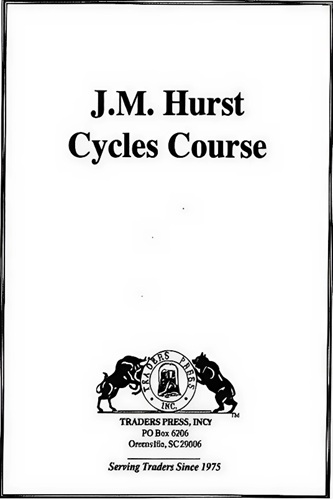
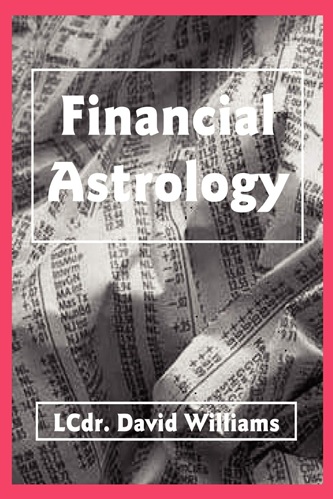
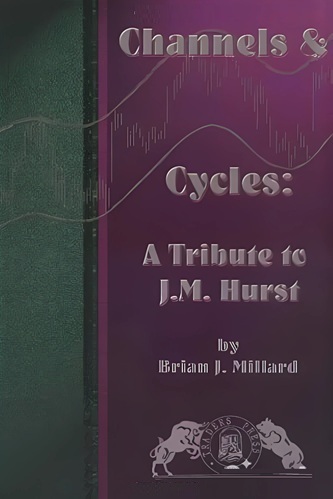
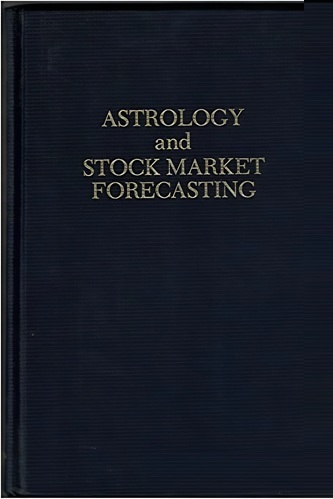
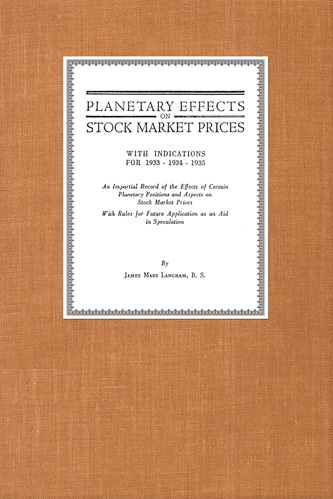

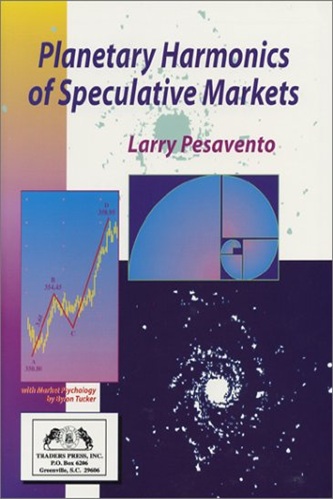
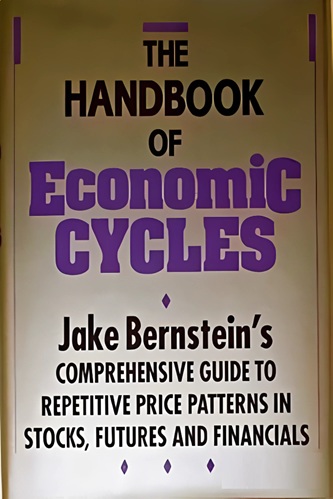

William H. Murphy (verified owner) –
I have studied Hurst for over 25 years. This is the complete mathematical and theoretical explanation of how the stock market works. All stocks, commodities, financial future, etc. as they change do it in accordance with this model proposed by Hurst in the first chapter of the course. He then proposes using FLD’ s to predict where the market ( stocks, etc. ) will go in the future. This method, along with curvilinear channels from the 1970 book, are not the right methods for predicting stocks. They have limitations. There is a better way.